CONNECTING CHILDREN THROUGH PLAY
Attending RISD was my first experience at an educational institution that focused on the arts. This led me to reflect upon my own educational upbringing and compare it to other methods of learning and teaching for children.
PEDAGOGY + PHILOSOPHY
Loris Malaguzzi -- founder of the Reggio Emilia Approach
The education style I have been most inspired by is the Reggio Emilia philosophy that places value on self-directed, experiential learning. The focus is on the student’s interests rather than strict, unaccommodating lesson plans.
This approach can extend outside the classroom and find its way into the design of public spaces and play objects for children, where self-directed play can inspire children to think creatively and develop unique interests. Self-directed play allows a child’s own imagination to determine how they play — rather than their play being dictated by the object.
INSPIRATION + COLOR
My main source of inspiration for the design of my objects was airports. I chose airports because they connect many parts of the world and see millions of families pass through them each year, but they often don’t have spaces designed for children and can therefore feel alienating to them. I felt like I could create a play area which incorporated the fun aspects of airports that children enjoy, such as planes.
design process
Educators and authors of the book Designs for Living and Learning: Transforming Early Childhood Environments, Deb Curtis and Margie Carter, developed a set of five principles that outline the important aspects of creating these spaces for children. These principles have guided my project:
1. Creating connections and a sense of belonging
2. Keeping space flexible and materials open-ended
3. Designing a natural environment that engages the senses
4. Provoking wonder, curiosity, and intellectual engagement
5. Engaging in symbolic representation, literacy, visual arts
Due to Covid-19, I no longer had access to RISD's machinery and facilities necessary to continue working the way I intended. With limited space working from home, I took on the challenge to learn how to 3D render using the software SketchUp. This allowed me to visualize my ideas and create the forms I imagined.
Calculating the ideal size of a unit
Initial render on Tinkercad
The objects themselves assume a variety of forms and shapes, some inspired by the figures of airplanes and airport workers, and others more abstract. They have no explicit purpose and can be used by children any way they wish. They are designed to be compatible, so that children may assemble them into larger objects. It is up to the child to decide how they might fit together, and what larger object they might create.
SketchUp rendering process
Bringing SketchUp forms into Photoshop
While SketchUp allowed me to build the 3D forms and control lighting, it could not convey space and materiality. I brought the 3D forms from SketchUp to Adobe Photoshop where I applied textures and graphics.
Finished Forms
A combination of renders + physical objects
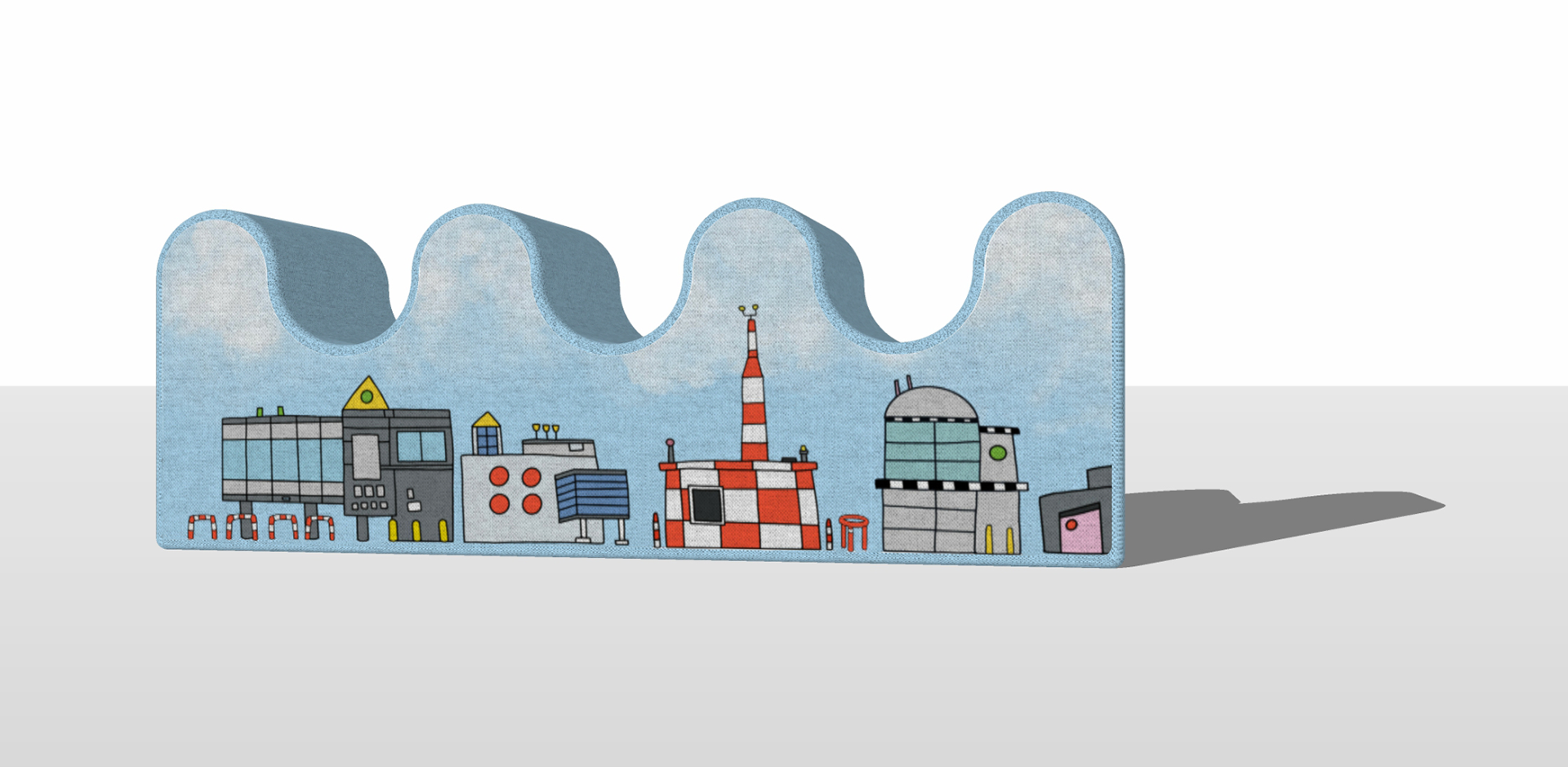
40"L x 12"W x 15"H
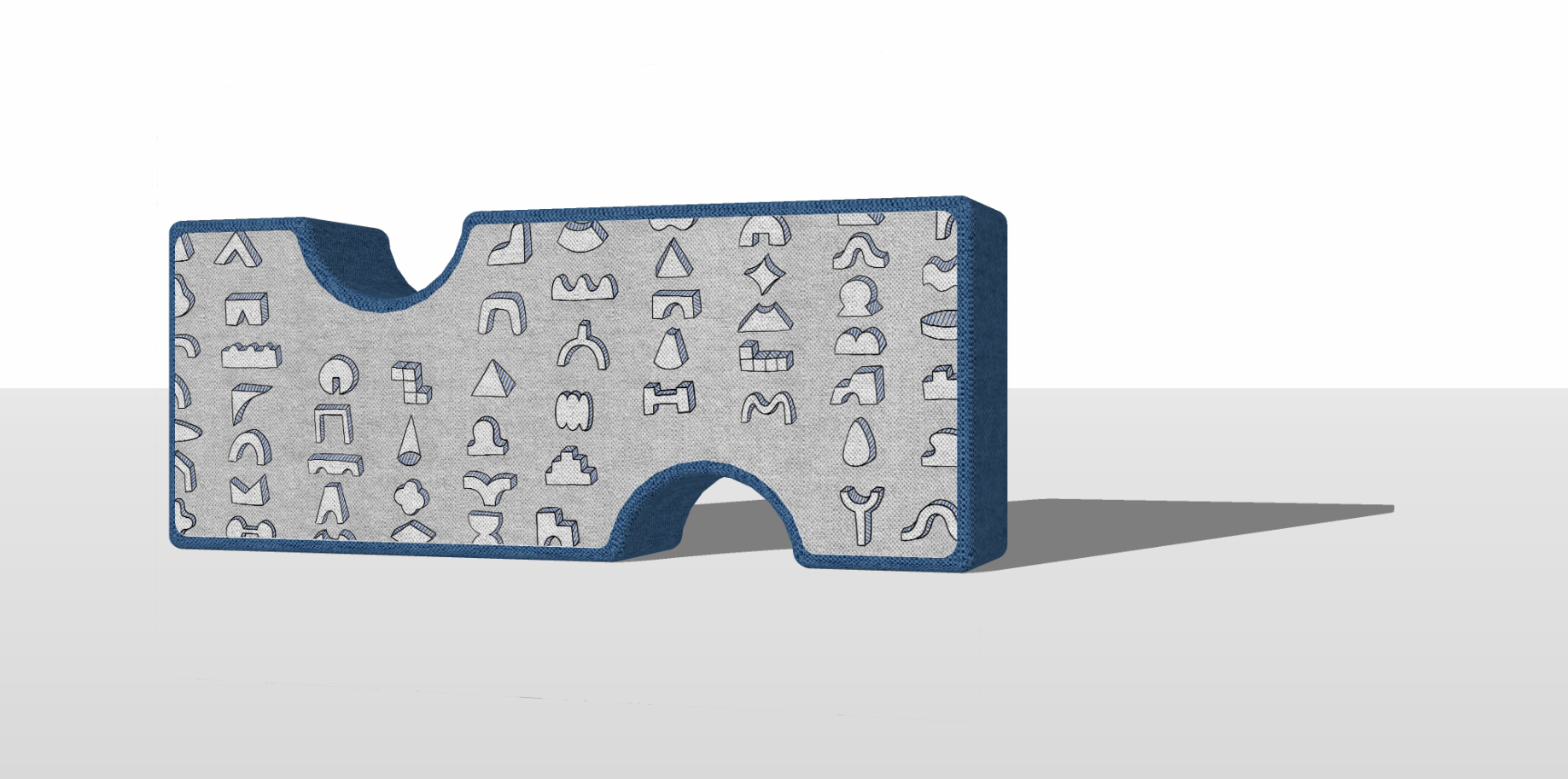
28"L x 6"W x 12"H
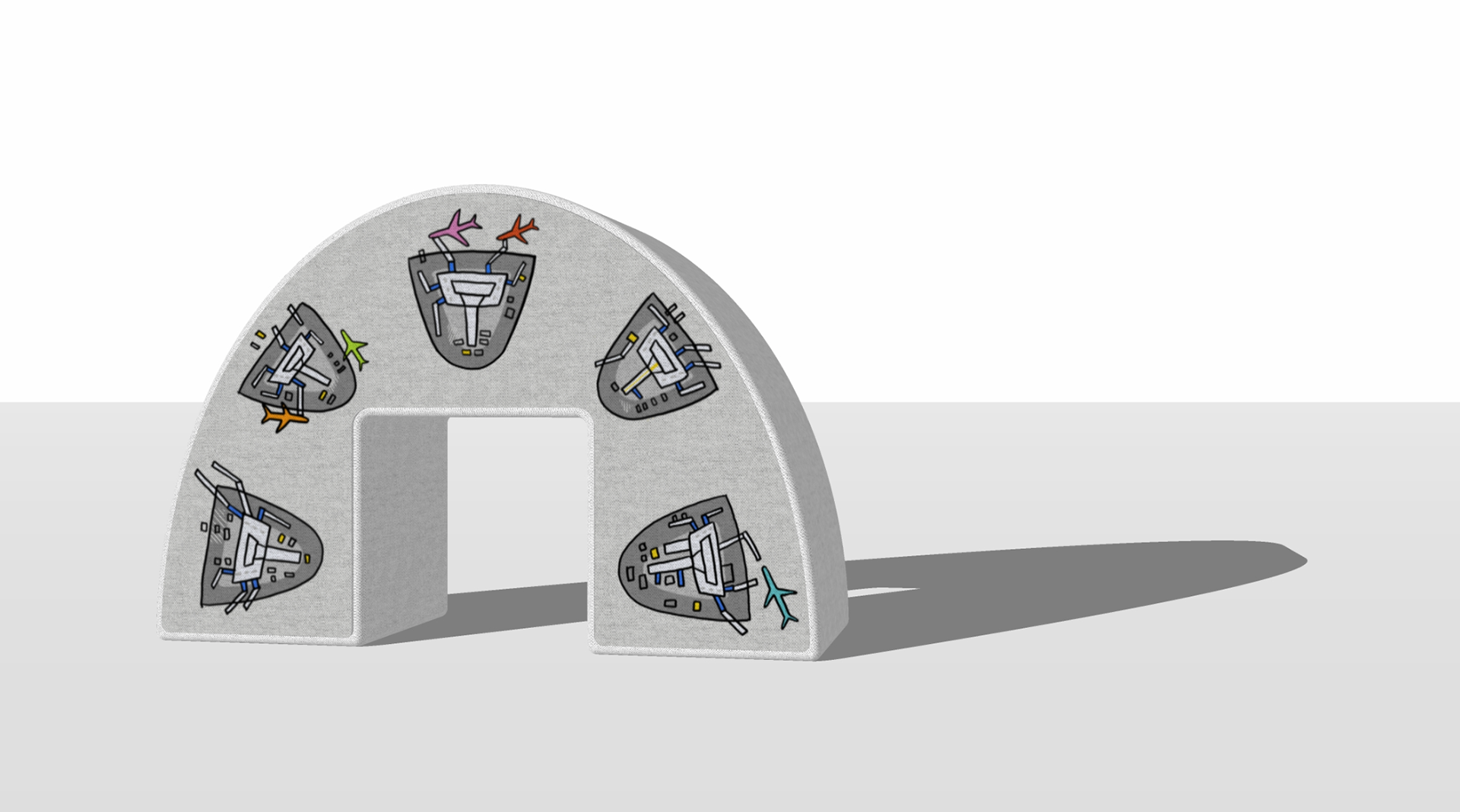
36"L x 12"W x 24"H
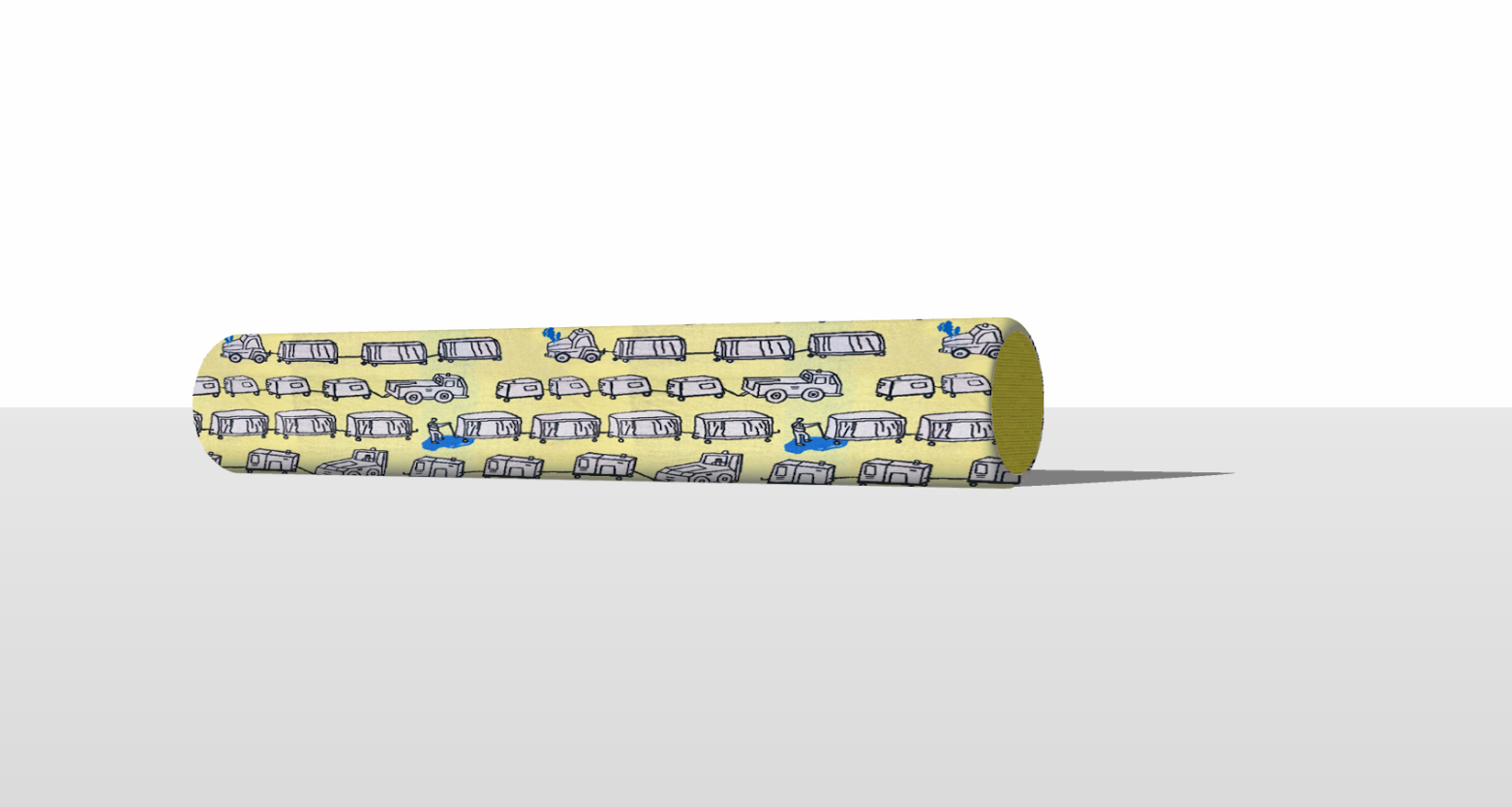
36" long x 6" diameter

Square Pillows: 18" x 18", Blue Plane: 15.5" x 13", Green Plane: 28" x 14", Yellow Plane 28” x 14”
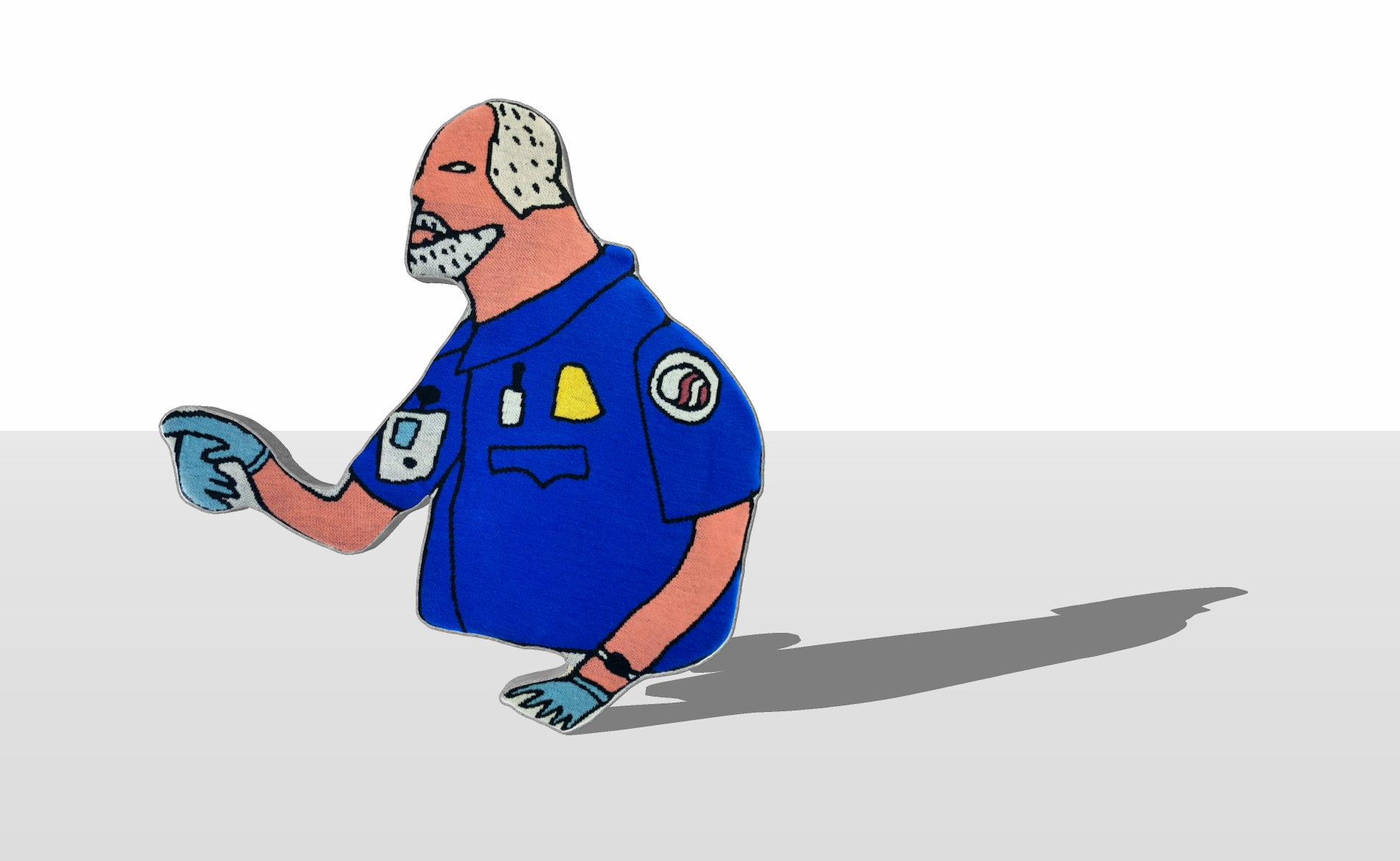
30.25"L x 3.25"W x 32"H
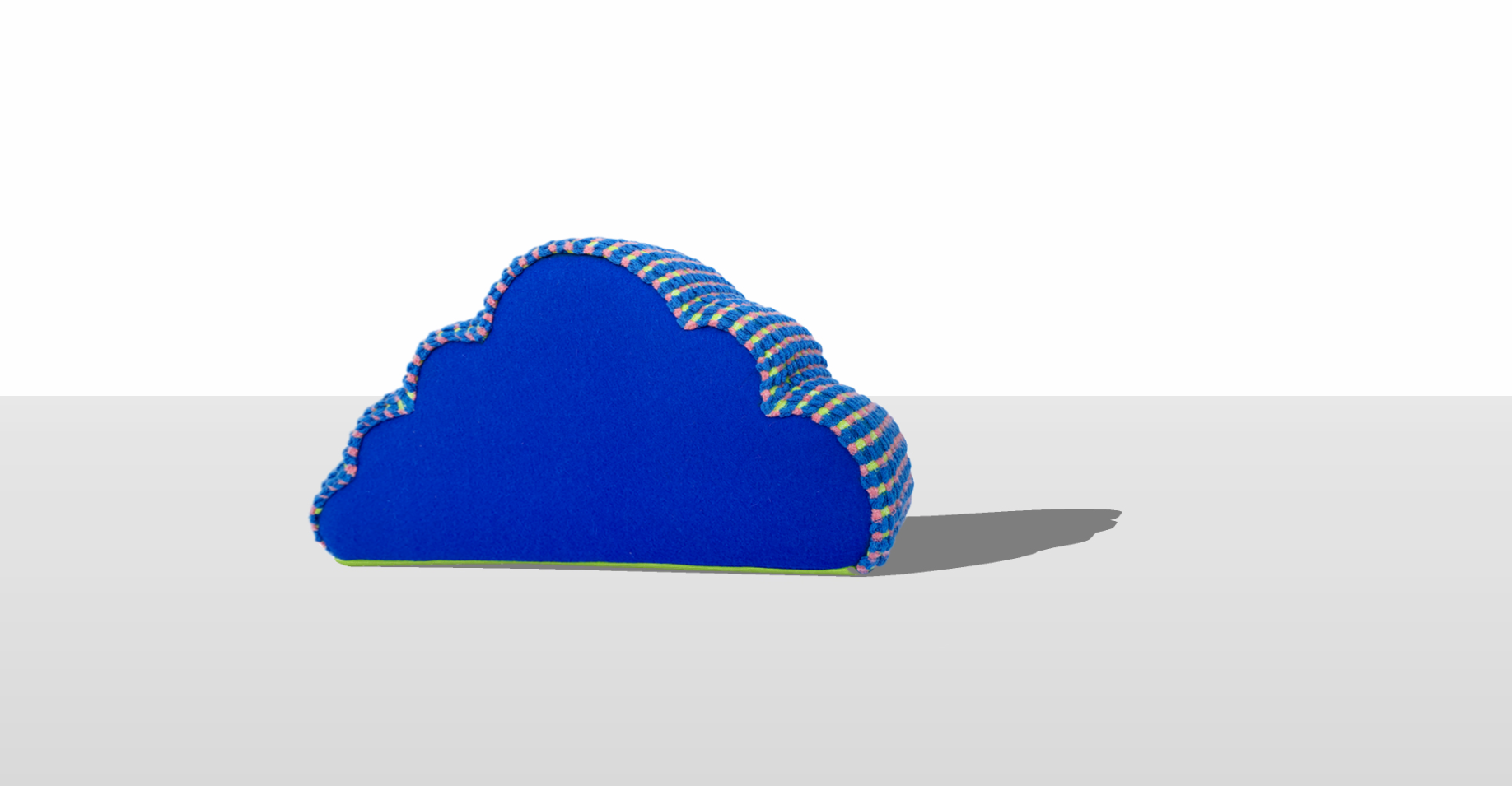
21"W x 4"W x 12"H
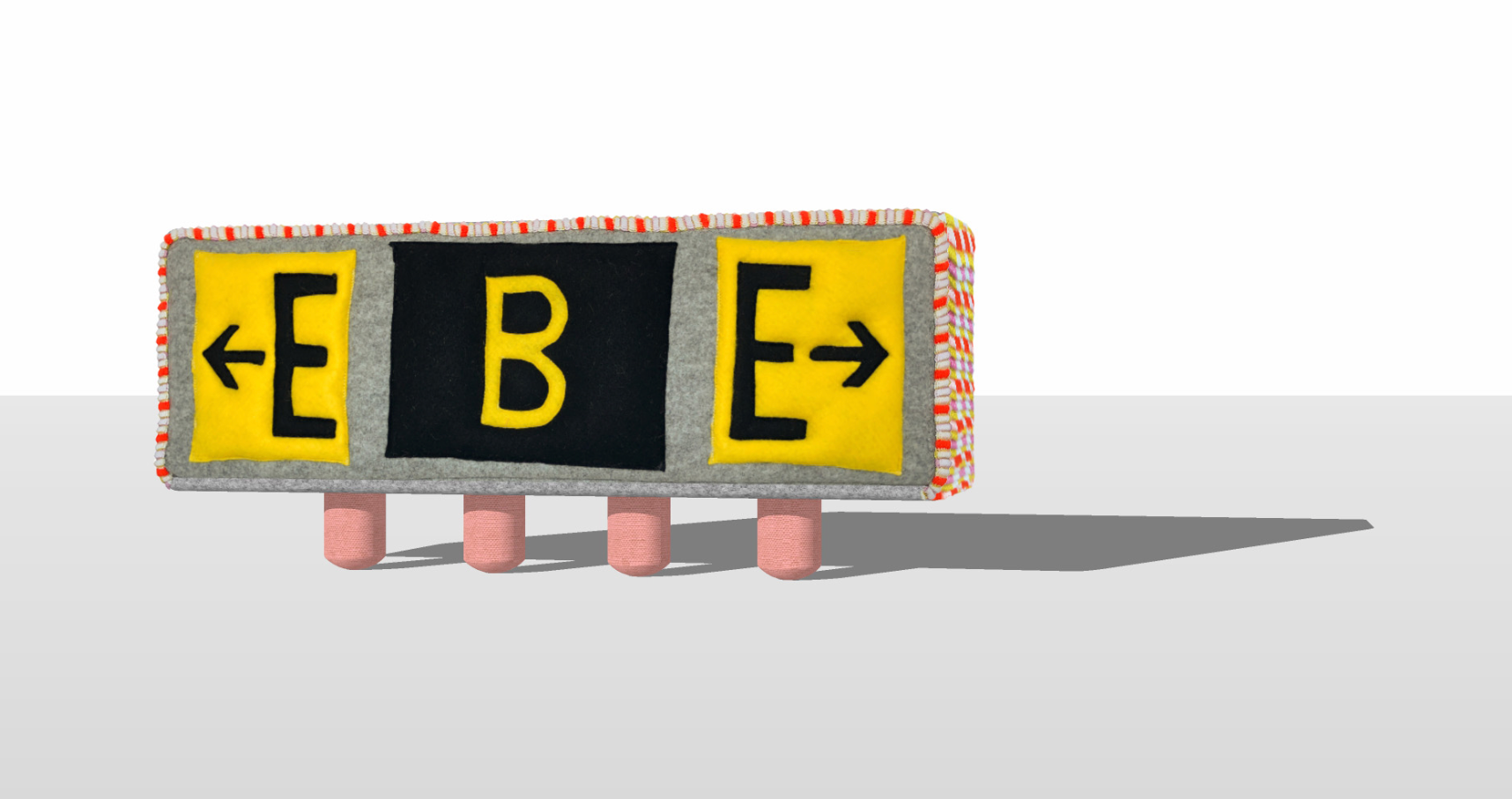
28.5"L x 7"W x 9.5"H
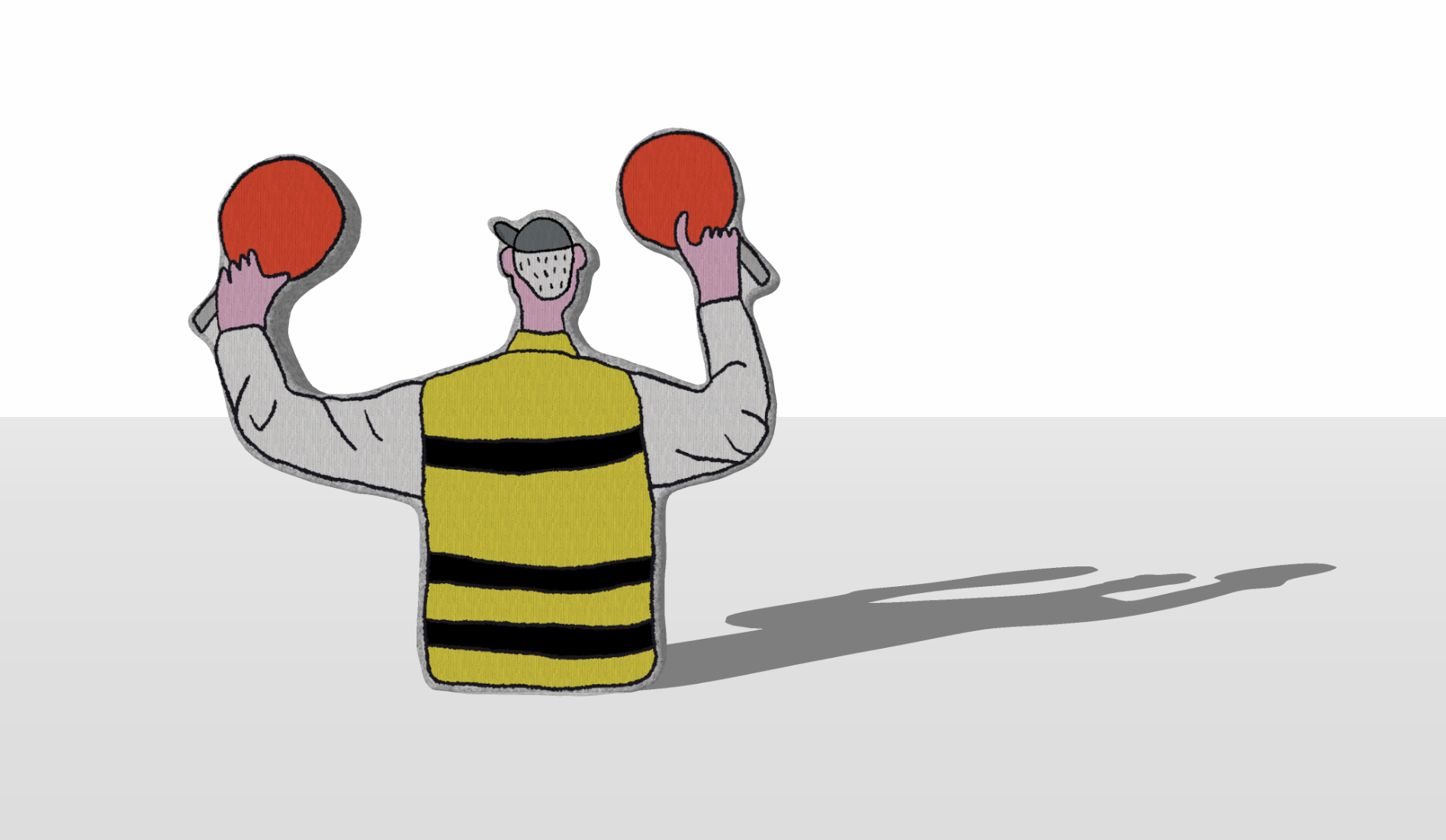
32"L x 3"W x 30"H
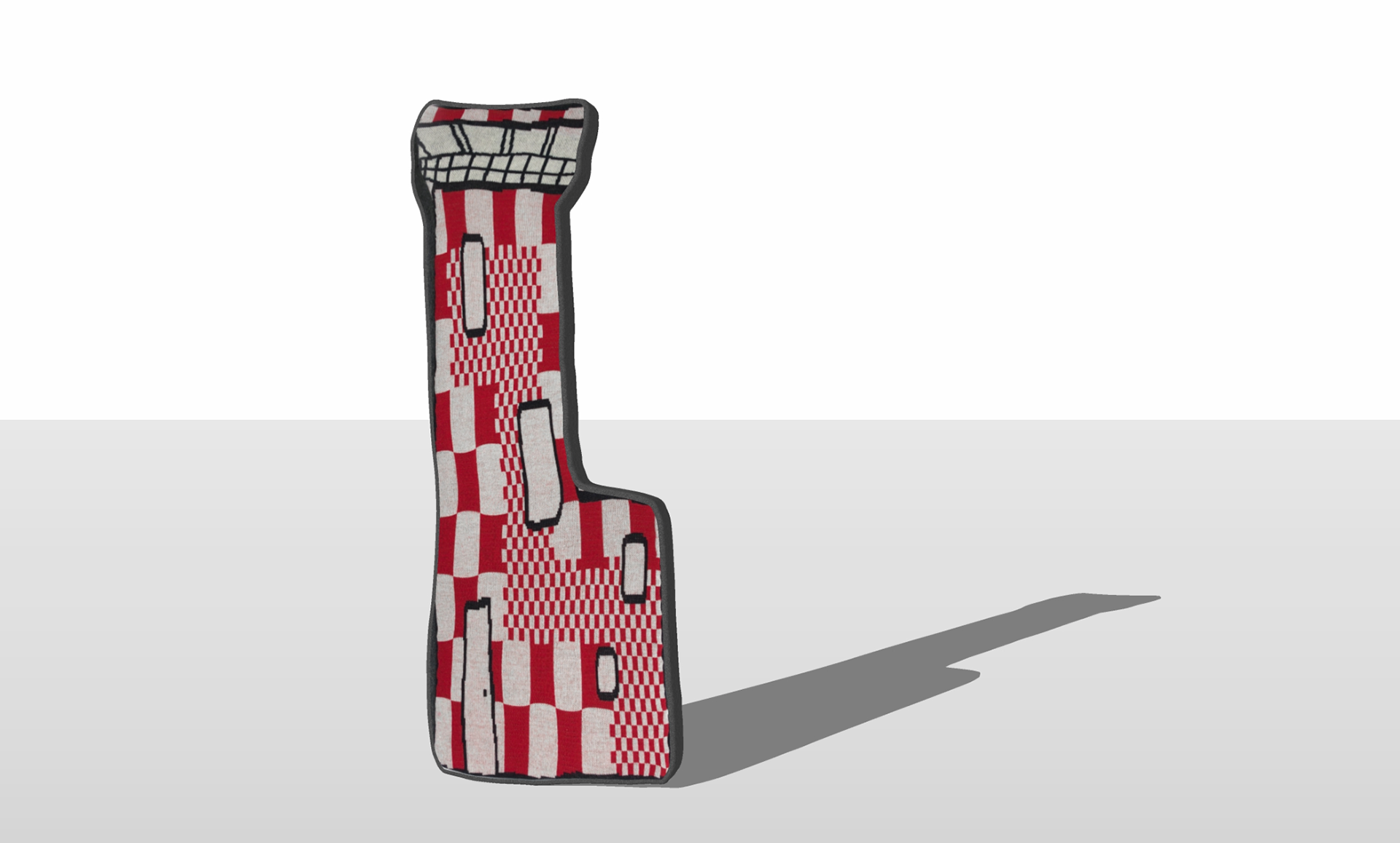
21.5"L x 3.5"W x 60.5"H
MAGNETIC WALLPAPER WITH REMOVABLE MOTIFS
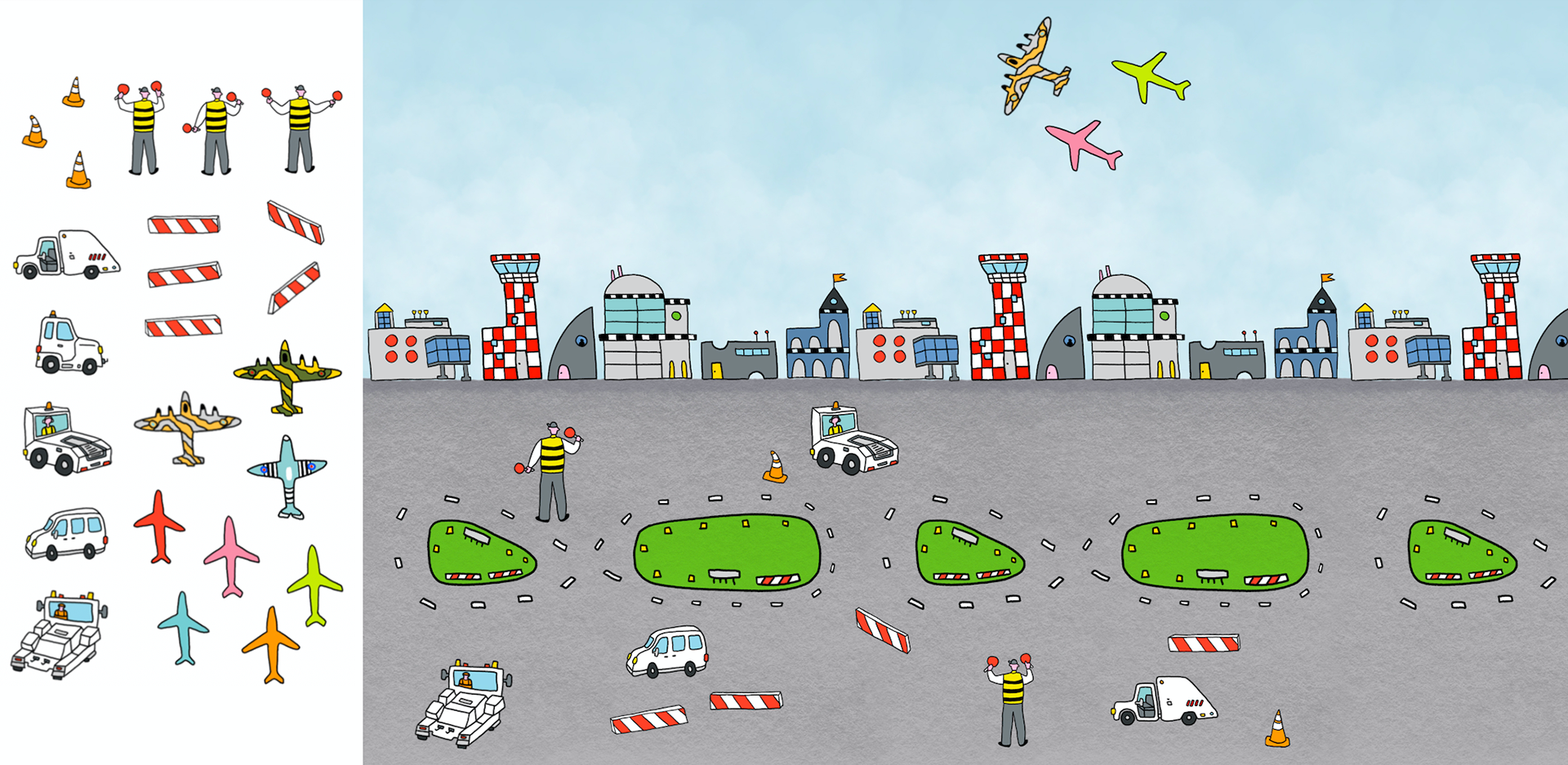
Magnetic Wallpaper with Removable Motifs
AIRPORT RUNWAY RUG
